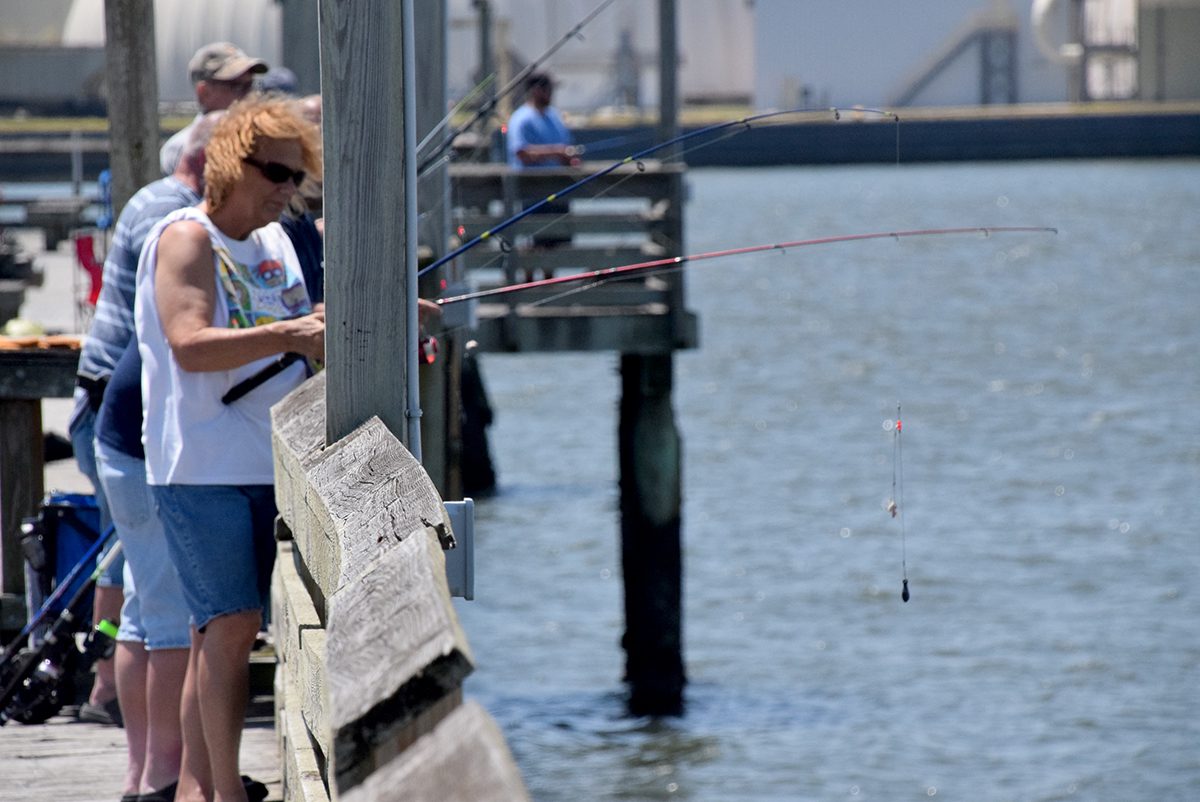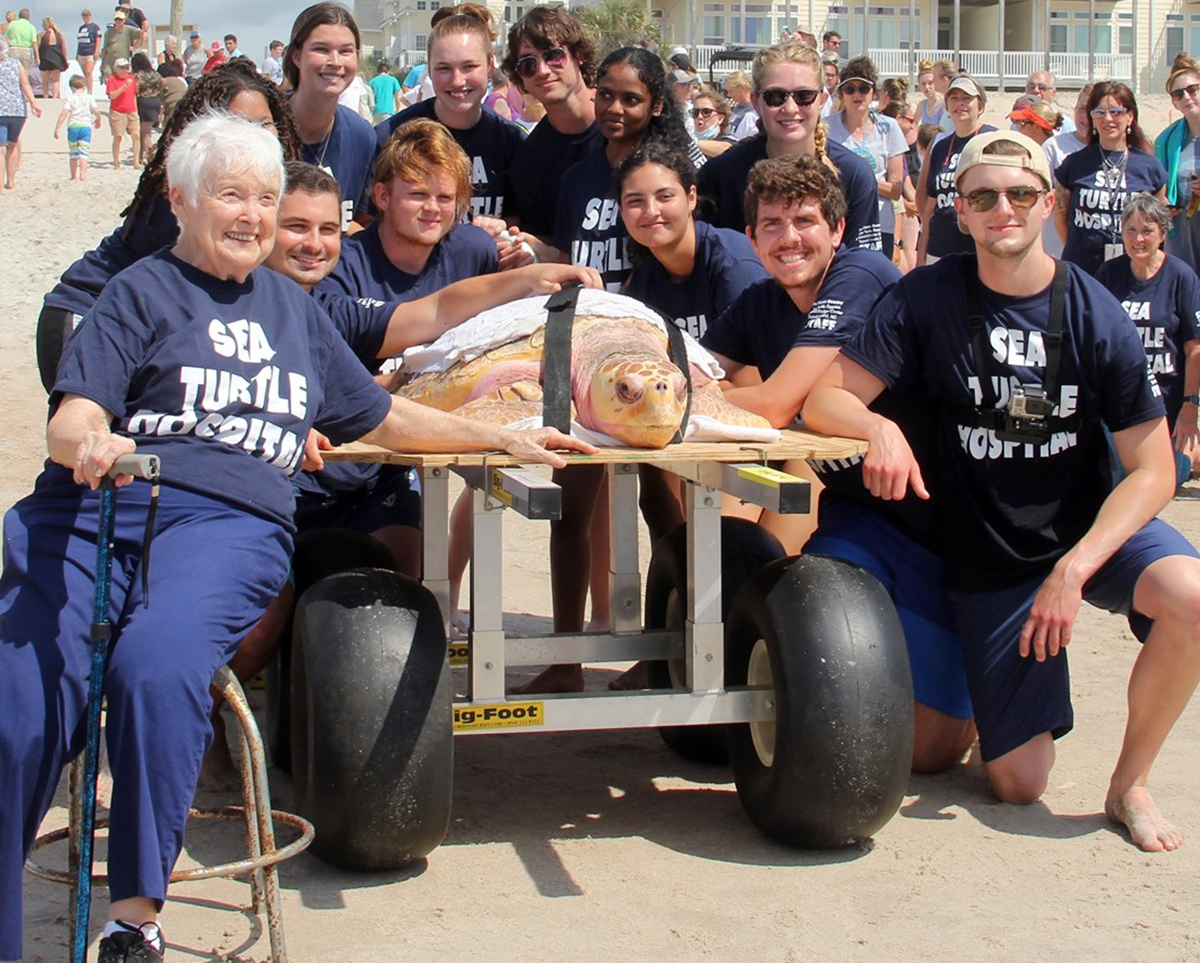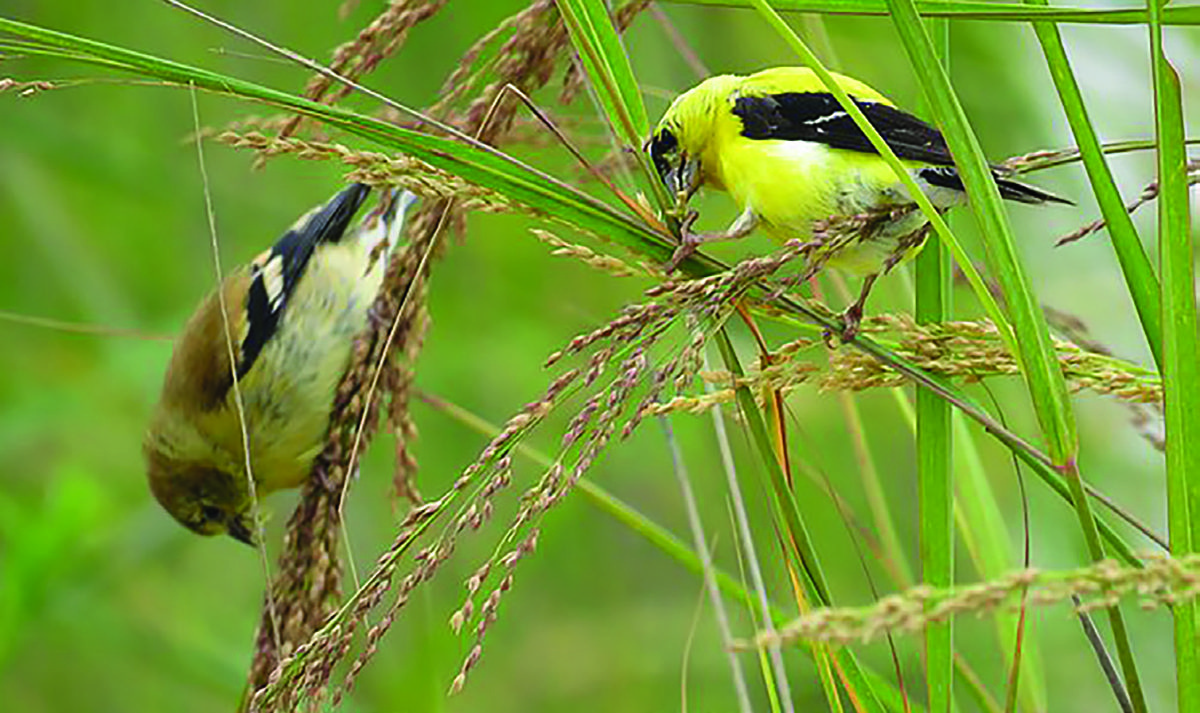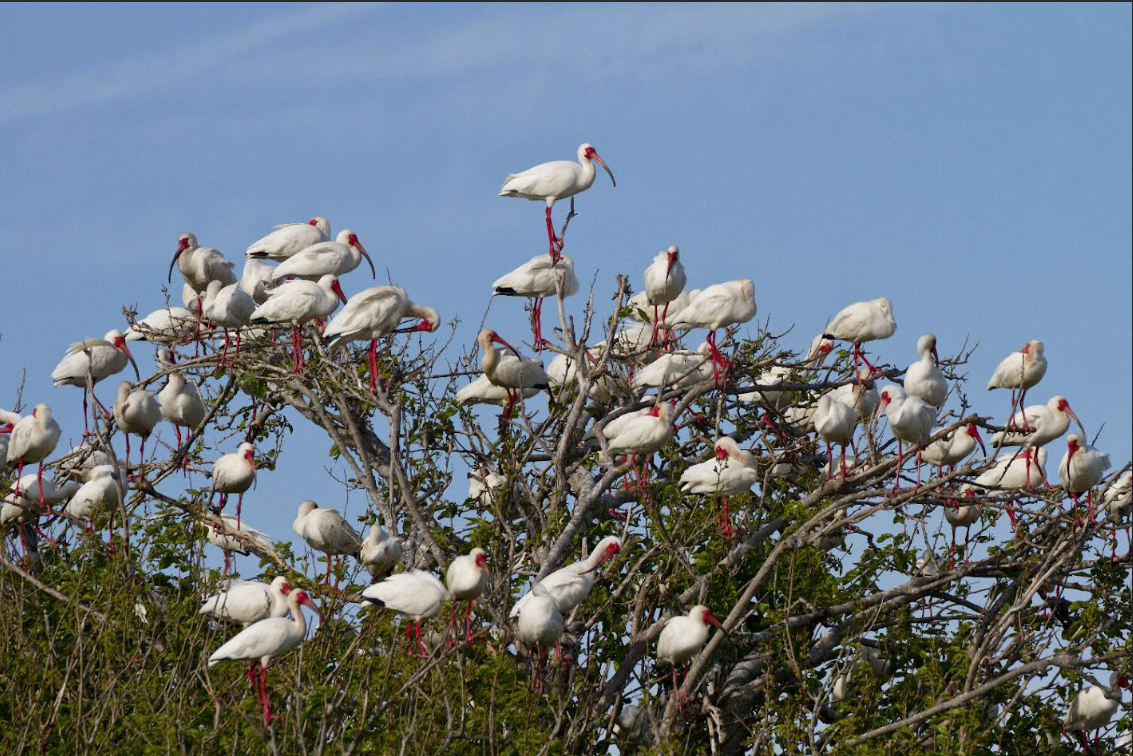
The state has the protocols in place for successful fisheries management, but North Carolina is missing the mark, recently released state-mandated research concludes.
A top recommendation: Hire more fisheries scientists.
Supporter Spotlight
And the head of the state body formed to coordinate scientific research for the legislature, in a letter accompanying the report, states that lawmakers’ recent failed shrimp trawling ban measure had no basis in the report’s findings and clarifies that the recommendations did not address trawling.
Legislators in 2021 directed the North Carolina Collaboratory to evaluate the overall health of fisheries and habitats and make recommendations for better management ahead of the 25th anniversary of the state’s Fisheries Reform Act of 1997 and the Coastal Area Management Act’s 50th anniversary in 2024.
University of North Carolina Chapel Hill Institute of Marine Sciences Director Dr. Joel Fodrie and a team of nine researchers presented a summary of their findings to the North Carolina General Assembly late last month, as the legislature had mandated.
Fodrie told Coastal Review that the state requested a broad analysis as part of its 2021 budget bill, so the research team, over the course of three years, collected and used data to assess the state’s fisheries and make the state-mandated recommendations based on those findings that could improve “both marine fisheries and our coastal habitats, with a specific link between those habitats and the way they support fish.”
The 46-page summary highlights the seven findings and the five recommendations to “achieve the vision of the Fisheries Reform Act.” The state Fisheries Reform Act requires fishery management plans to ensure long-term viability of the fisheries, according to the state.
Supporter Spotlight
The final, comprehensive report with full analyses and data is still being fine-tuned and is to be sent to the legislature later this year, Fodrie added.
In addition to Chapel Hill, researchers who study fish biology and ecology, estuarine ecology, fisheries management and environmental governance from N.C. State University, East Carolina University and UNC-Wilmington participated in the research.
Fodrie explained that if you were to gather data across states to quantitatively evaluate each state’s attempt to manage fisheries, North Carolina scores pretty high based on the management components put in place as a result of the Fisheries Reform Act, or FRA.
The state seems to have adopted many of the practices that should produce better outcomes and have strengthened these practices for most species over time. Despite those gears being in place, the results are only so-so, he said.
The findings point to at least three significant hurdles for optimizing management outcomes, including a significant time lag in the implementation of new data or information for up-to-date decision-making, a breakdown of trust and communication among managers and key stakeholder groups, and long-term shifts in estuarine habitat quality and coverage.
“What the FRA did for North Carolina is it put us in a position to have many of the building blocks that are helpful and can remain part of the solutions, while the analyses also show that we’re still falling short of the FRA’s core objectives and thus some changes in management structures ought to be seriously considered,” Fodrie said.
About the findings
Researchers found that management intensity in North Carolina had increased over time and is equal to or exceeds the levels of other states throughout the Mid-Atlantic, Southeast and Gulf of Mexico, but despite the presence of a rigorous management structure, the state continues to “exhibit challenges in achieving the core goals of the FRA, which is ‘to protect and enhance … coastal fisheries in NC.’”
A benchmark for informed fishery management, according to the summary, are quantitative stock assessments. These produce estimates of stock biomass and the harvest rate, which define overfished, related to how much fish biomass is in the system, and overfishing, related to how high the catch rate is, for the population.
The most recent stock assessments estimate that blue crab, southern flounder, spotted seatrout, striped bass and striped mullet are experiencing overfishing, meaning that the harvest rate is too high.
Blue crab, southern flounder, striped bass and striped mullet are overfished, or the stock is too low, and sheepshead and red drum are neither overfished nor experiencing overfishing.
The summary notes that developing and updating the fishery management plans process “is relatively slow, which potentially limits the efficacy of science- and process-based public trust resource management,” what researchers call in the summary “hallmark goals” of the Fisheries Reform Act.
Across the 12 stocks the state manages that have an initial fisheries management plan, the average time between the first plan and amendments is seven years. The average time between management plan actions is a little more than five years.
“In the context of these timelines, there is little evidence that adaptive management is being achieved by increased activity within” the North Carolina General Assembly, “by the breadth of motions adopted” by the Marine Fisheries Commission or by proclamation authority from the Division of Marine Fisheries, according to the summary.
The remaining findings relate to the pressures coastal habitats are facing from fishing, development, climate variability and other human activities. Data suggests that the entire ecosystem has changed since the Fisheries Reform Act was passed, particularly for water quality and coastal and estuarine habitats.
Researchers offered five recommendations.
Fodrie said that a primary recommendation is to increase the Division of Marine Fisheries staff, especially the number of stock-assessment scientists, so the stock assessments and fisheries management plans are regularly updated.
An independent science and statistical committee to improve fishery management outcomes in the state, as well as new approaches for enhancing the division’s outreach with stakeholder participation, trust, and management transparency, are also recommendations.
Fodrie said that the role of this type of committee and a redesigned Marine Fisheries Commission would be to target current weaknesses related to implementation of the Fisheries Reform Act, such as the mode and tempo by which catch limits are set, when and how stakeholders can be engaged, and resolving disputes between key resource users.
The final three recommendations relate to fisheries and habitat health, including adopting an ecosystem-based management approach to assess the health of the state fisheries as a whole and the drivers that affect them; stopping or reversing patterns of habitat loss and degradation, along with requiring improved monitoring of habitat extent and water quality; and re-evaluating the nursery designation system and creating an adaptive framework for protecting critical nursery areas.
“The state also has some real challenges related to what’s happening with its coastal habitats,” Fodrie said, adding that it’s a big ask to take the major steps needed to halt or reverse those trends. “This involves balancing fishing practices, coastal population growth, climate variability, and development; which would require buy-in at the whole-state level to manage at the coastal ecosystem scale.”
Note from the Collaboratory
The North Carolina Collaboratory’s “Study of Coastal and Marine Fisheries of the State” hadn’t gotten much attention since it was first mandated — that is, until the Senate added in mid-June to a House bill about recreational flounder and red snapper seasons a proposed law to ban shrimp trawling in inshore waters and within a half-mile of the shoreline.
The report was mentioned more than once during discussions between supporters and opponents. The House declined to advance the bill with the Senate’s amendment on June 25.
Looking back: House Republicans decline to take up shrimp trawling bill
Collaboratory Executive Director Jeff Warren, in a letter dated June 30, the deadline and date when the summary was released, wrote that “recent legislative actions – specifically, those related to shrimp trawling language in the current version of House Bill (H) 442 – have brought into question the contents of this report. Because this specific issue was out of the scope of this study, this report neither advocates for nor opposes a ban on shrimp trawling.”
Warren stated in the report’s cover letter that there had been multiple comments made by legislators in both chambers as well as statements circulating in the media, that “suggested the Senate was aware of the contents of this report and this advance knowledge drove actions to amend the legislation to include a shrimp trawling ban prior to the report’s release.”
Those statements were untrue, Warren stated, “and undermine the credibility of this multi-year research study carried out by nine researchers across four UNC System campuses.”
Warren added that the recommendations in the summary, and ultimately the full report, do not address, nor respond to, the shrimp trawling language contained in the shrimp trawl ban “nor were they ever designed to. Further, no legislative influence or pressure impacted the legislative recommendations or the scope of work, which has remained consistent over the three-year arc of the broader study.”
He closed the letter by adding the full report will be available later this year after it’s refined, “to ensure a broad variety of users can access the data and information. To be clear, this clarifying work will not substantively change the recommendations provided herein.”







